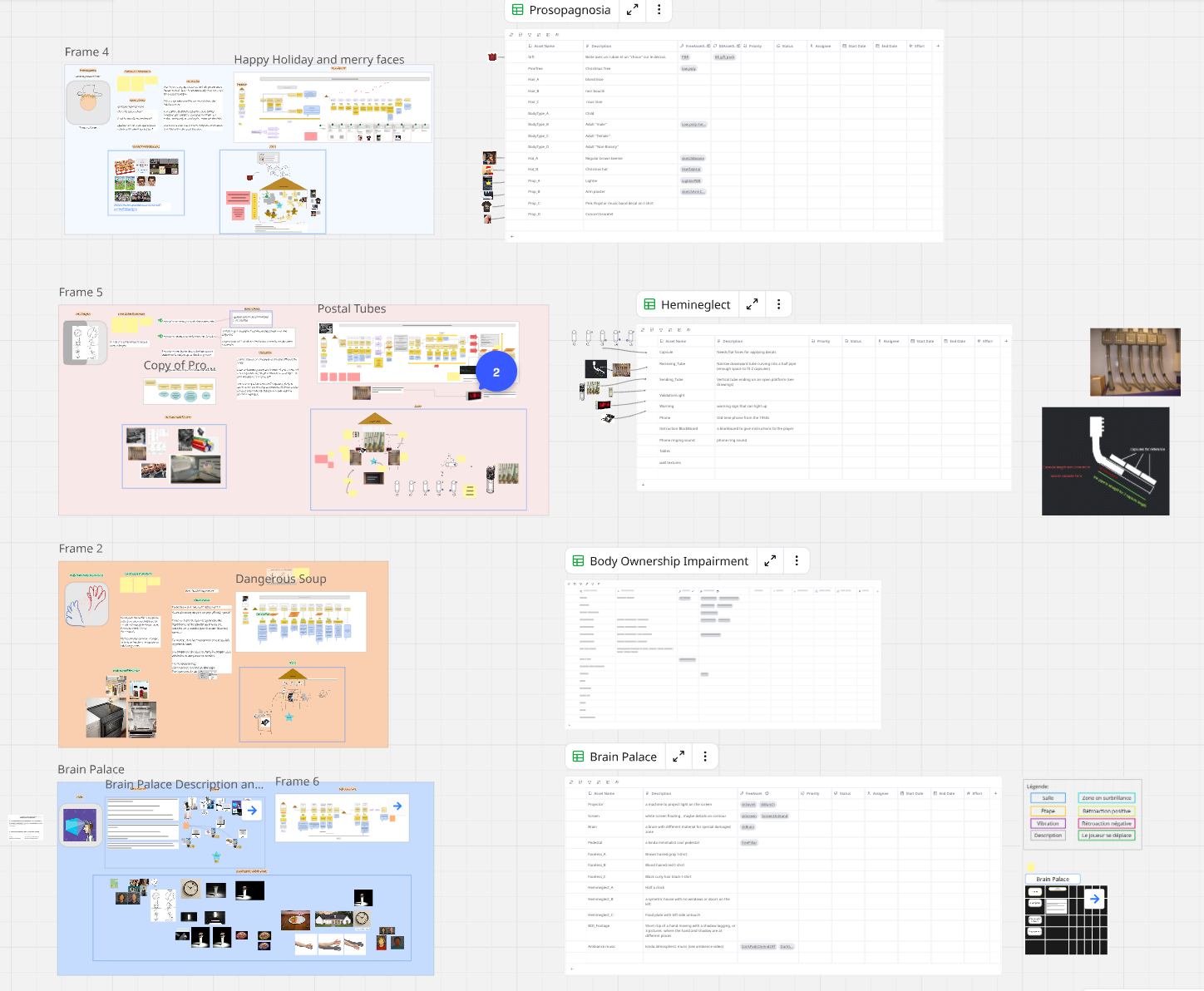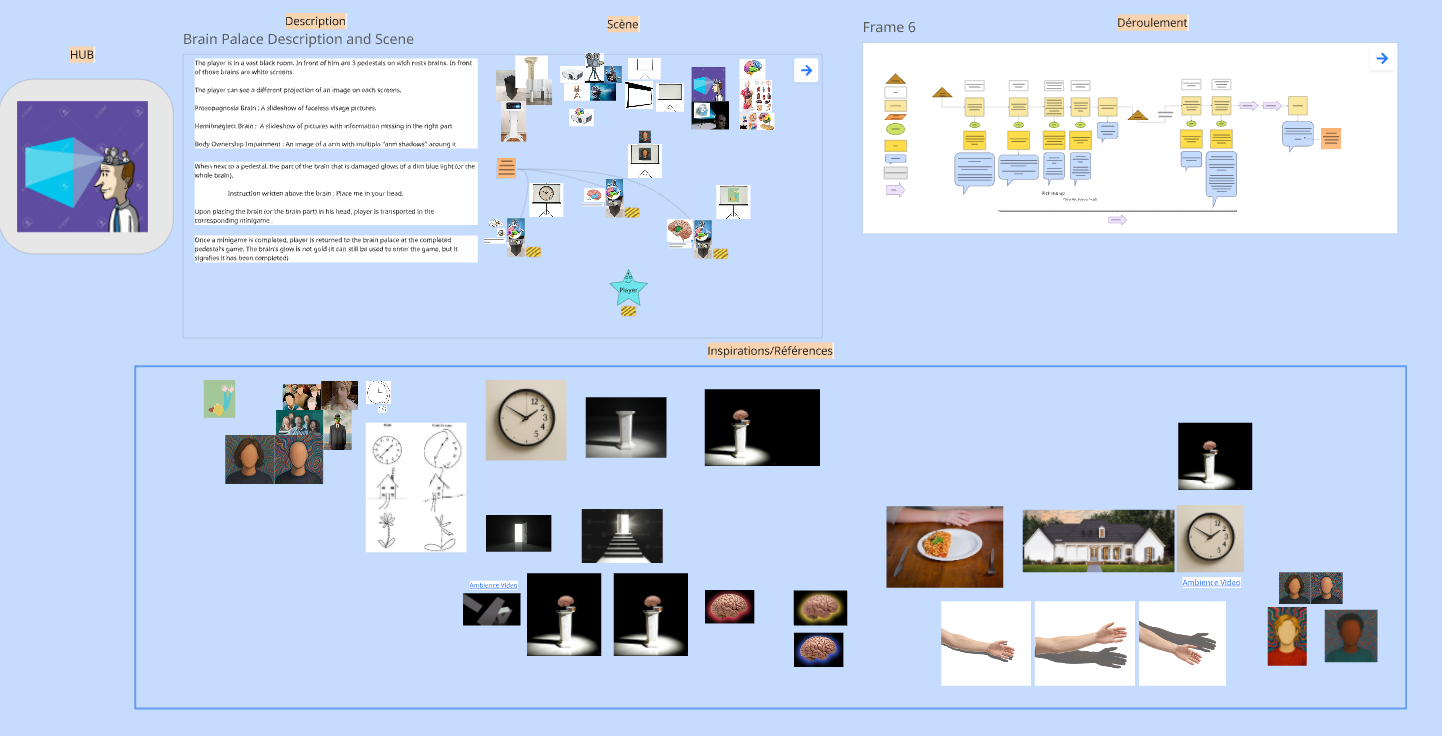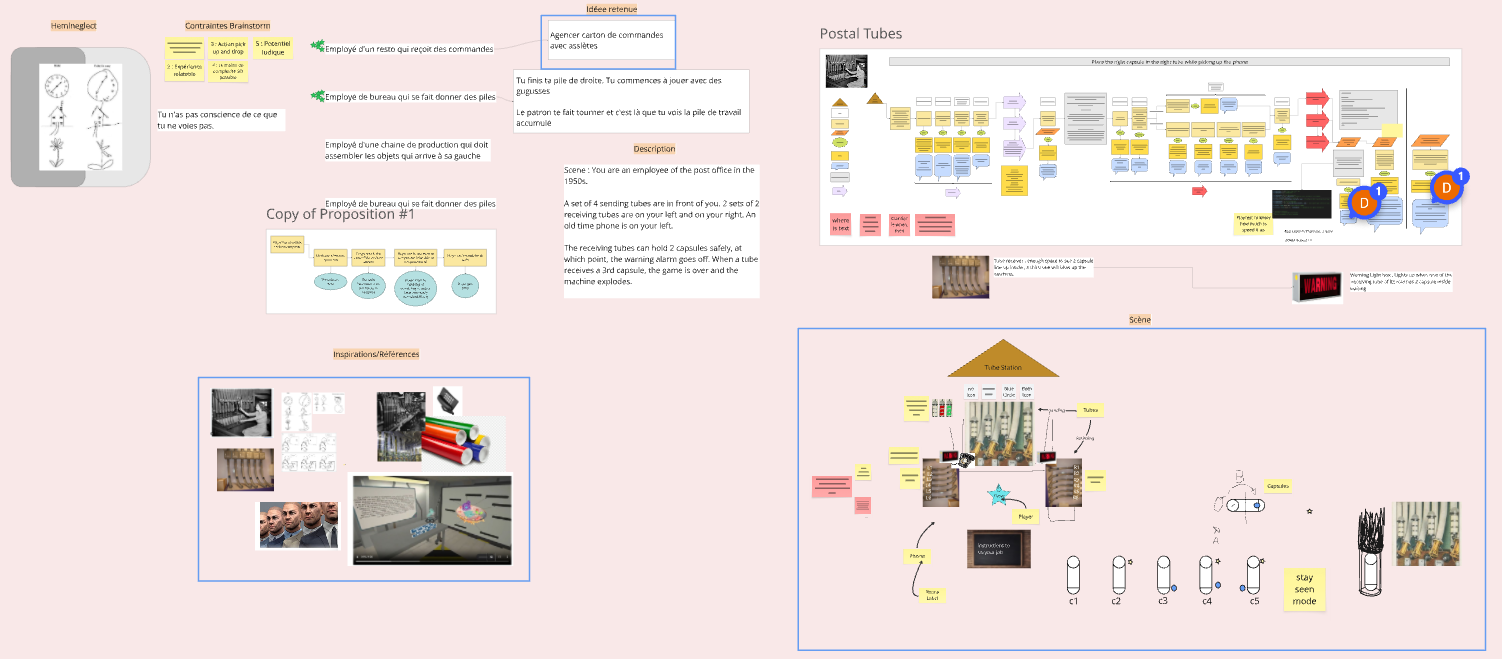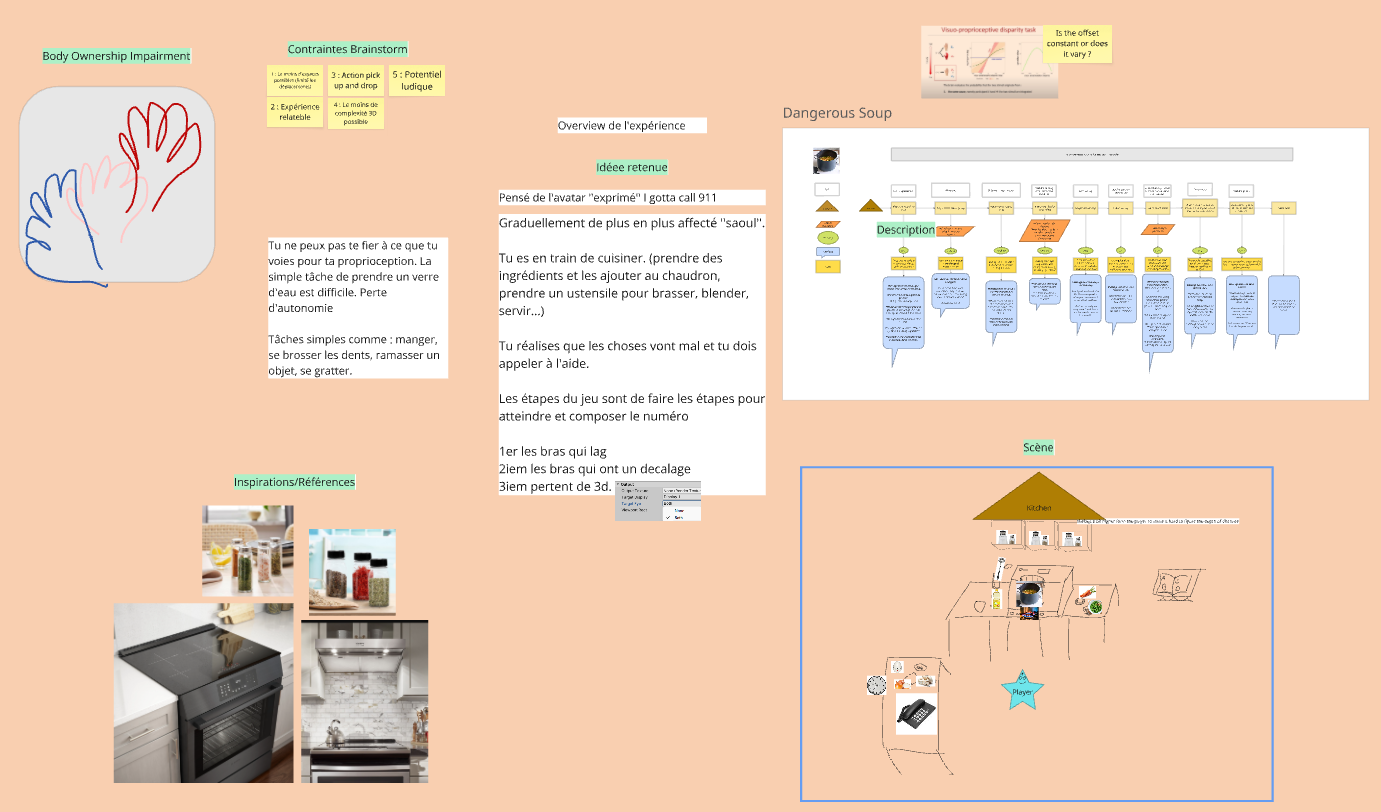Cortex Quest
Context
Collaborate with another designer to plan and design an educational VR game for collegial students.
Our game was for the psychology course
Project Scope
- Sequel of Nova Science
-
Design with a small budget in mind
-
Design time constraints : about 1 month
Project Brief
-
-
-
Generate empathy for people suffering from specific brain injuries.
- Simulate Symptoms caused by brain injuries.
- Complete the game design as soon as possible in order for the prog team to build the game.
-
-
Soon to be released on MetaQuest
Planning
Design Constraints
Reduce Workload !
Modeling Team
- Limited spaces
- Limited 3D shape complexity
Scriting Team
Reusing the same mechanics from the previous game
Pick up & Drop
Info card bracelet
Manipulating assets with hand
Point to teleport
Generating relevent ideas
Evaluate ideas with precise criteria
- Small scope
- Relatable experience
- Fun potential
Research
Accurately represent symptoms of brain injuries.
Read reference book & validate with a psychology professor from Dawson College.
Pitch minigame ideas
I pitched 5 different minigame ideas for 5 symptoms.
We chose the 3 that best fit the criteria.
The chosen
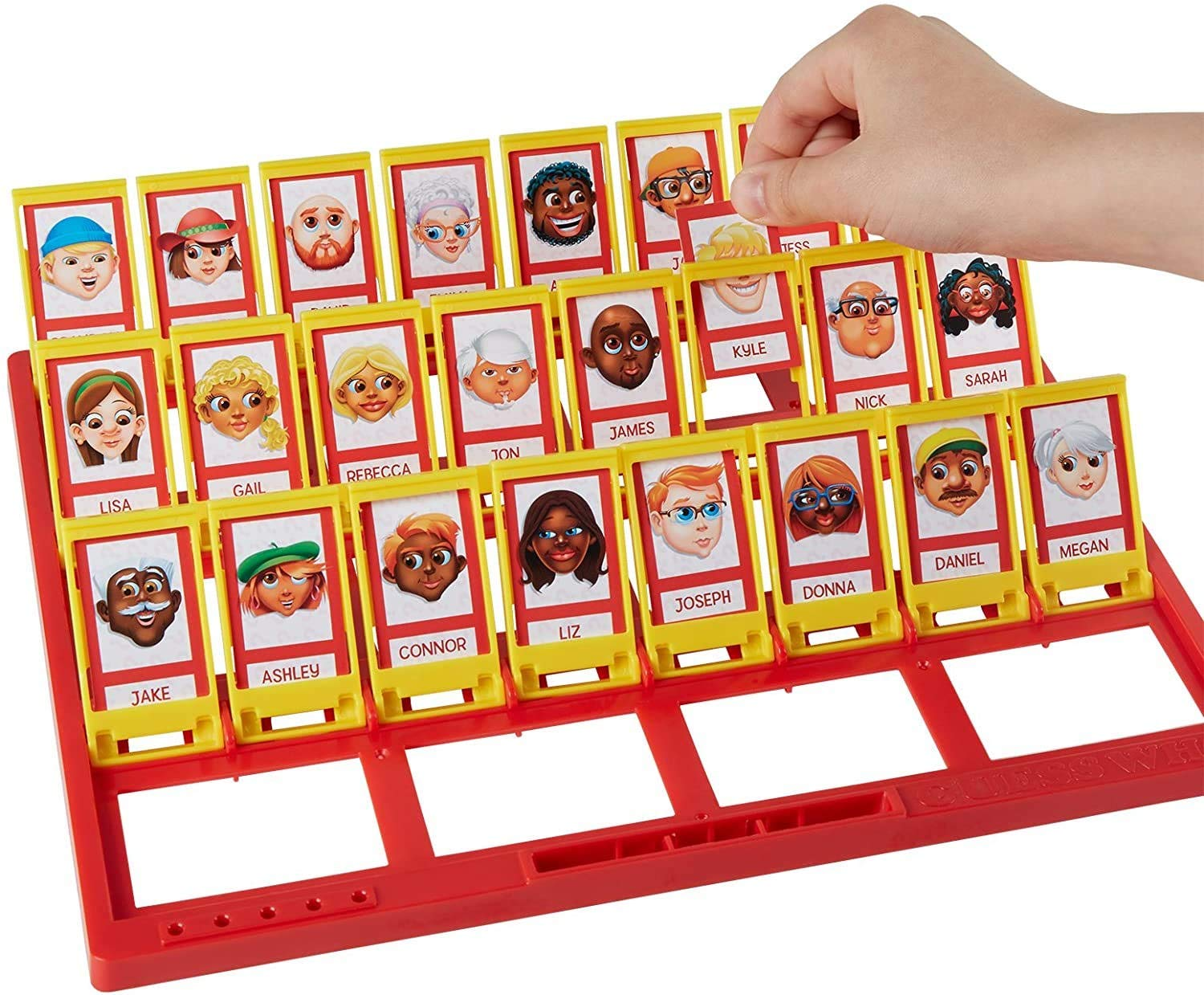
Prosopagnosia
Being unable to recognize any faces
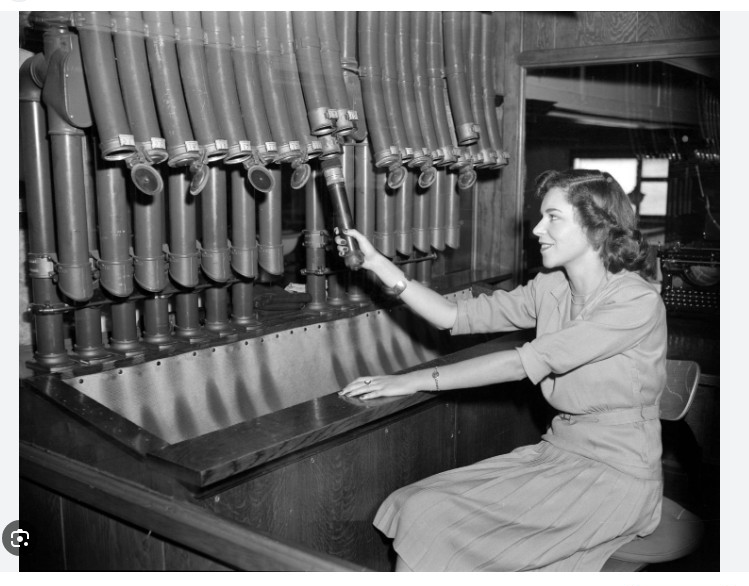
Hemineglect
Ignoring what’s present in one half of your visual field

Body Ownership Impairment
Feeling that parts of one’s body do not belong to oneself or misattribution of one’s own limbs
The designs
The Brain Palace
Purpose
Link the 3 minigames to compose one game about brain injury symptoms
Description
The player is in a black room containing 3 pedestals on which rests brains.
A projector coming out of the brain displays an image indicating what type of symptoms the player will experiment by entering the level.
Reasoning
This small level serves as a way to introduce the player to the symptoms.
This avoids surprising too much the player as some symptoms can be dissorienting.
Prosopagnosia
Description
It is holiday season. You are supposed to distribute gifts to your closed ones, but since your accident, you can’t tell faces apart. You must rely on your notes to tell which gift goes to whom.
The sequence of gifts is predetermined
Descriptions of people refer to either accessories, behavior or hair color. They were made intentionally confusing.
The last gift is scripted to always make the player choose the wrong person. That way, we make sure to make the player experiment feelings of hopelessness.
Reasoning
Placing the player in charge of an emotionally charged event serves to foster empathy towards people who actually have this symptom.
This game is not about making the player feel smart or competent, that is why we force failure on the last challenge.
Hemineglect
Description
The player is en employee of the post office in the 1950s. He has to sort capsules of mail coming from pneumatic tubes to send them to the right destination.
There are tubes on the player’s right and left. After the game is tutorialized, the player stops receiving feedback from capsules arriving to his left field of view.
To determine the destination of a capsule, the player must find stickers on it by turning it around in his hands. However, the stickers don’t show if they come in view from the left side.
The longer the game goes, the faster the capsule arrives.
Reasoning
With this design, we want to establish a sense of confidence in the player first before simulating the symptoms.
This way, the player is more likely to make mistakes when sorting the capsules. Also, at some point, the capsules arrive too fast for the player to sort fast enough, leading to a game over in panic.
This type of tasks shows the player that mundane tasks quickly become complicated.
Prosopagnosia
Description
The player is trying to prepare a soup in his kitchen. We gradually add symptoms of body ownership impairment :
- Visual lag between arm and perception of arm.
- Disparity between actual axis of movement and visual axis of movement.
- Lack of depth perception
At some point, we make the player topple his soup and dropping oil on the gas stove. This starts a fire and the player has to compose 911 to finish the game.
Reasoning
By adding symptoms one by one, we teach the player that things are getting worse and worse. Also, we avoid overwhelming the player too fast.
This game aims again to make the player feel empathy for people suffering from body ownership impairment by making them experiment how mundane tasks can become challenging.

